Understanding the Meaning and Benefits of Sativa
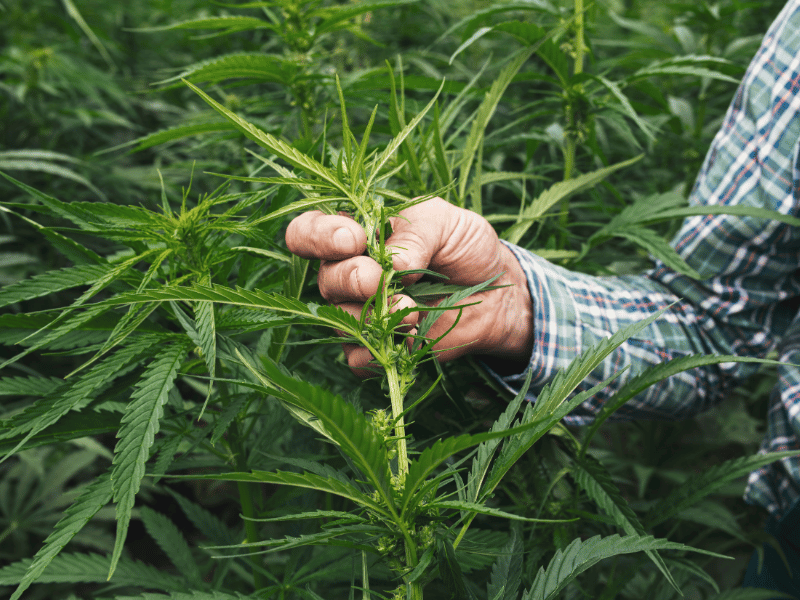
In the realm of wellness, the term 'sativa' often surfaces. But what is the meaning of sativa?
Sativa is a variety of cannabis. It's known for its energizing effects and potential therapeutic benefits.
Yet, the story of sativa is more complex. It's a tale of botany, culture, and wellness.
This article aims to unravel that story. We'll delve into the origins of sativa, its botanical characteristics, and its unique effects.
We'll also explore the differences between sativa and indica. These are the two primary cannabis varieties. Understanding these differences is key to appreciating the unique properties of sativa.
The journey of sativa is also a journey through history. Sativa has been used for centuries in different cultures. We'll explore this rich history and the cultural significance of sativa.
The wellness potential of sativa is vast. It's not just about the psychoactive effects. Sativa contains therapeutic compounds that can contribute to wellness in various ways.
But understanding sativa also means understanding its responsible use. We'll discuss the importance of responsible consumption and the legal considerations surrounding sativa.
Sativa plays a significant role in the wellness industry. It's about quality, transparency, and community engagement. We'll delve into these aspects, highlighting the commitment of sativa brands to these values.
Marketing sativa comes with its own challenges. We'll discuss these challenges and the importance of storytelling in brand communication.
Finally, we'll look to the future. The future of sativa is about innovation, sustainability, and social responsibility.
Join us on this journey. Let's explore the meaning and benefits of sativa, and its transformative power in the wellness industry.
What is Sativa? An Introduction to Cannabis Varieties
Sativa is a term often used to describe one of the primary varieties of cannabis. Renowned for its uplifting effects, sativa stands apart in the world of cannabis.
The origins of sativa can be traced back to regions with warmer climates. These areas include equatorial zones like Central America and Southeast Asia, where sativa strains thrive.
Botanically, sativa plants are tall and slender. They feature narrow leaves, making them distinct from their indica counterparts. This physical distinction aids in identifying sativa strains.
The meaning of sativa extends beyond botany. In cannabis culture, it's often associated with vitality and creativity. This makes sativa a popular choice for those seeking daytime use.
Sativa is not just popular among recreational users. Many individuals value its potential benefits in focus and energy. Its effects can complement various wellness practices and therapeutic routines.
Understanding sativa involves appreciating these distinctive properties. It also means recognizing the broader tapestry of cannabis varieties. Each variety offers unique experiences, enriching the cannabis narrative.
The Botanical Characteristics of Sativa Plants
Sativa plants have a distinct appearance compared to other cannabis varieties. They are particularly tall, often reaching up to 12 feet. This height allows them to stand out in the cannabis world.
The leaves of sativa plants are another distinguishing feature. They are long and slender, which contributes to the plant's elegant look. The thin, finger-like leaves are a hallmark of the sativa species.
In terms of growth patterns, sativa plants have a longer maturation period. This is primarily due to their adaptation to longer growing seasons in tropical climates. The plants often require more sunlight to reach full maturity.
Sativa plants tend to produce a lighter, airy bud structure. The buds are less dense than indica strains, which is another identifiable trait. This lighter structure also plays a role in the plant's overall growth dynamics.
The botanical characteristics of sativa make them ideal for equatorial regions. These regions provide the necessary environment for their growth. The warm, humid climates support their long growing season, contributing to their widespread cultivation.
Sativa vs Indica: Understanding the Differences
The world of cannabis is vast, with many different strains and varieties. Among these, sativa and indica are the most recognized. Each offers unique characteristics and effects.
Indica strains are often short and bushy. In contrast, sativa plants grow taller with a more slender appearance. This difference in physical structure is significant and easily noticeable.
In terms of effects, sativa and indica vary greatly. Sativa is known for its uplifting and energizing impact. It tends to enhance creativity and focus, making it appealing for daytime use.
On the other hand, indica strains are often associated with relaxation. They can induce calming and sedative effects, which are ideal for evening use. This distinction makes each strain suitable for different purposes.
Here's a simple breakdown of these differences:
- Appearance: Indica plants are short and wide, while sativa plants are tall and narrow.
- Effects: Sativa provides an uplifting experience; indica is more calming and relaxing.
- Uses: Sativa is preferred for daytime activities; indica is favored for night-time relaxation.
The choice between sativa and indica depends on individual needs and preferences. Some users seek energy and creativity from sativa. Others prefer the restful effects of indica.
Understanding these differences helps in selecting the right strain for various wellness goals. Whether seeking to energize or unwind, both sativa and indica have an important role in the cannabis landscape.
The Historical Uses and Cultural Significance of Sativa
The history of sativa strains is rich and varied. They have been used for centuries across different cultures. Many ancient societies valued sativa for its diverse applications.
In early civilizations, sativa was often used for its fibrous qualities. It played a crucial role in making textiles and rope. This utilitarian use was common in many parts of Asia and the Middle East.
Beyond practical applications, sativa held cultural significance. It was an integral part of spiritual and religious ceremonies. Many cultures viewed it as a sacred plant, symbolizing various spiritual beliefs.
Sativa's use as a medicinal herb has deep roots too. Ancient practitioners included it in herbal remedies for various ailments. Its perceived healing properties were well-regarded in traditional medicine.
Today, sativa continues to influence modern culture. It is celebrated for its therapeutic benefits and potential for creative expression. Its historical journey showcases its enduring value across time and societies.
The Psychoactive and Therapeutic Compounds in Sativa
Sativa strains are renowned for their unique chemical makeup. These compounds contribute to their distinct effects and benefits. Among these, cannabinoids and terpenes are the most studied.
The primary psychoactive compound in sativa is THC. Tetrahydrocannabinol (THC) interacts with receptors in the brain. It is known for producing euphoria and heightened sensory perception.
In addition to THC, sativa contains CBD. Cannabidiol (CBD) is non-psychoactive, offering potential therapeutic benefits. Its soothing effects can provide relief without the psychoactive high.
Terpenes also play a significant role in sativa's effects. These aromatic oils contribute to its scent and flavor profile. Terpenes like limonene and pinene may affect mood and focus.
Sativa's compounds are believed to support mental health. Some studies suggest they can alleviate symptoms of anxiety and depression. This makes sativa a subject of interest in therapeutic fields.
However, the effects can vary from person to person. Different sativa strains have varying ratios of these compounds. Hence, understanding their composition is essential for harnessing their benefits responsibly.
Sativa Effects: Energy, Creativity, and Medical Benefits
Sativa is celebrated for its stimulating effects. It is widely chosen for daytime use by those seeking an energy boost. Users report feeling alert and invigorated.
One of the standout effects of sativa is enhanced creativity. Artists and writers often turn to sativa to ignite inspiration. The mind-expanding qualities of sativa encourage innovative thinking and problem-solving.
Sativa strains can aid in focus and concentration. This makes them popular among professionals and students. Users often experience heightened attention and mental clarity.
When it comes to medical benefits, sativa offers several. Its uplifting nature can help combat fatigue and depression. Many people use sativa to improve mood and emotional well-being.
Various medical conditions may find relief through sativa use. Some potential benefits include easing migraines and chronic pain. Additionally, sativa can help manage symptoms of ADHD and PTSD.
Here's a quick overview of some potential benefits:
- Boosts energy and reduces fatigue
- Enhances creativity and focus
- Improves mood and combats depression
- Helps alleviate migraines and chronic pain
- Supports attention in people with ADHD
Sativa is a versatile strain with a range of effects. While many find it beneficial, individual responses may differ. It's essential to find the right strain and dosage for your needs.
The Role of Terpenes in Sativa and Their Influence on Effects
Terpenes play a significant role in defining sativa's character and effects. These aromatic compounds are not exclusive to cannabis. They are found in various plants and contribute to their distinct scents.
In sativa strains, terpenes enhance more than just aroma. They interact with cannabinoids, influencing how sativa affects the body and mind. This interaction is often referred to as the "entourage effect."
Several key terpenes are prominent in sativa strains. For instance, limonene is known for its citrusy scent and mood-lifting properties. Pinene, another common terpene, promotes alertness and memory retention.
The presence of terpenes can tailor a strain's effects. Sativa strains with higher levels of terpenes like myrcene might offer a calming experience. Those with higher concentrations of limonene may provide an uplifting sensation.
Understanding the role of terpenes is crucial. It allows consumers to choose strains that best match their desired effects. Whether seeking relaxation or an energy surge, terpenes guide the way.
Responsible Consumption and Legal Considerations of Sativa
Responsible consumption of sativa is crucial for a positive experience. Understanding personal tolerance and starting with small doses is key. This approach minimizes the risk of adverse effects.
Sativa's legality varies across regions. In some places, it's embraced for its medicinal potential. In others, restrictions still apply, and consumers must be aware of local laws.
Education plays a vital role in promoting responsible use. Consumers should be well-informed about possible effects. This includes understanding how sativa might interact with existing health conditions or medications.
In areas where sativa is legal, it’s essential to purchase products from reputable sources. Verified brands ensure quality through rigorous testing. This guarantees product safety and consistency.
The legal landscape of sativa is evolving. Advocacy efforts strive to expand access and reduce stigma. Staying informed about changes in legislation helps consumers remain responsible and compliant.
Sativa in the Wellness Industry: Quality, Transparency, and Community Engagement
Sativa has found a meaningful place in the wellness industry. Its unique benefits make it a popular choice for wellness-focused brands. These companies prioritize quality and transparency in their operations.
Quality is paramount in the production of sativa products. High standards ensure consumer trust. Rigorous testing helps maintain these standards, guaranteeing safe and effective products.
Transparency builds trust between brands and consumers. Open sharing of sourcing and production methods is crucial. This transparency fosters loyalty and encourages informed purchasing decisions among consumers.
Community engagement strengthens the bond between sativa brands and their audience. Many companies involve local communities in cultivation and production. This support boosts local economies and promotes sustainability.
Some brands also focus on educational initiatives. They aim to inform consumers about sativa's potential benefits and risks. Such efforts empower individuals to make responsible wellness choices.
The wellness industry continues to evolve, and sativa's role grows with it. Brands committed to quality, transparency, and community create a positive impact. They help shape a responsible and informed consumer culture.
Marketing Sativa: Challenges and Storytelling in Brand Communication
Marketing sativa presents unique hurdles in a competitive market. The need to differentiate from other cannabis varieties is essential. This requires creativity and effective communication strategies.
Storytelling becomes a powerful tool for sativa brands. A compelling narrative can emphasize a brand's mission and core values. It helps convey the unique benefits of sativa strains.
Brands must navigate regulations carefully in their marketing efforts. Legal constraints often limit how sativa can be promoted. Clear and responsible messaging is vital to comply with these regulations.
Connecting with the audience on a personal level is important. Storytelling that resonates with consumers' lifestyles fosters a strong brand connection. It creates a sense of community and shared values.
Ultimately, success in marketing sativa relies on authenticity. Consumers seek genuine brands that stand by their commitments. By focusing on transparent and engaging storytelling, sativa brands can build lasting relationships with their audience.
The Future of Sativa: Innovation, Sustainability, and Social Responsibility
The sativa market is evolving rapidly, driven by innovation and sustainability. This progression is reshaping the wellness landscape, with new opportunities emerging. The focus is on creating sativa products that meet modern consumer needs.
Innovation in sativa is paving the way for personalized wellness. Advances in technology are facilitating customized sativa solutions. This allows consumers to tailor their experience based on individual preferences and health goals.
Sustainability remains a critical concern in sativa cultivation. Environmentally friendly practices are increasingly prioritized. Brands are implementing eco-friendly cultivation methods to reduce the ecological footprint of sativa production.
Social responsibility is becoming integral to sativa brands. Companies are acknowledging their role in supporting communities and ethical practices. This includes fair trade principles and sustainable sourcing of materials.
Collaborations between sativa producers and other industries are fostering growth. Cross-industry partnerships are enhancing research and development efforts. These alliances aim to create innovative and socially responsible sativa products.
The future of sativa is promising and transformative. By embracing innovation, sustainability, and social responsibility, the industry is set to thrive. This approach ensures that sativa continues to play a pivotal role in the wellness industry.
Conclusion: The Transformative Power of Sativa in Wellness
Sativa has cemented its place as a pivotal element in modern wellness, offering a myriad of benefits. Its unique properties provide both therapeutic advantages and creative inspiration, appealing to diverse consumer needs.
As the wellness industry continues to expand, sativa's role will only grow more significant. By focusing on quality, transparency, and community engagement, sativa brands can create lasting positive impacts. This reinforces sativa's transformative power within the global wellness movement, supporting both personal and community health.
No comments

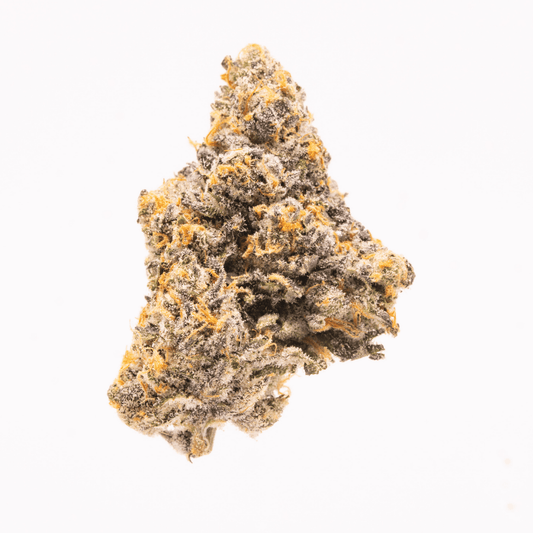
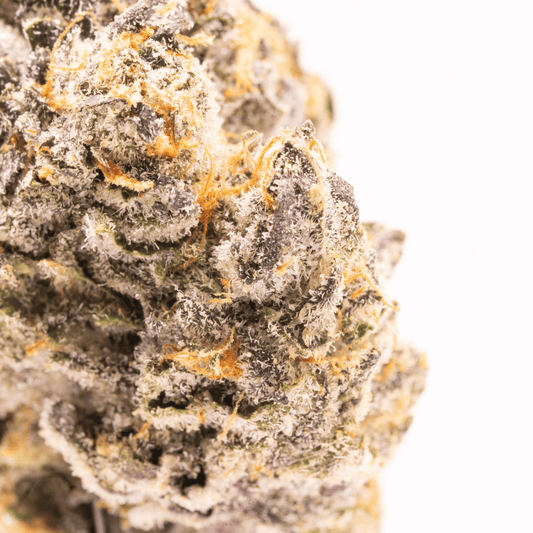
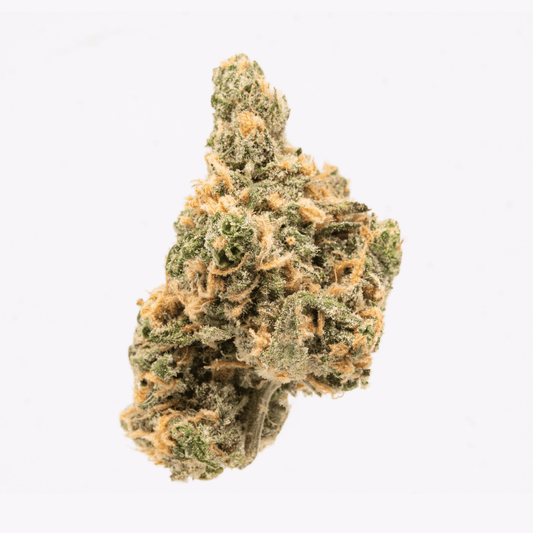
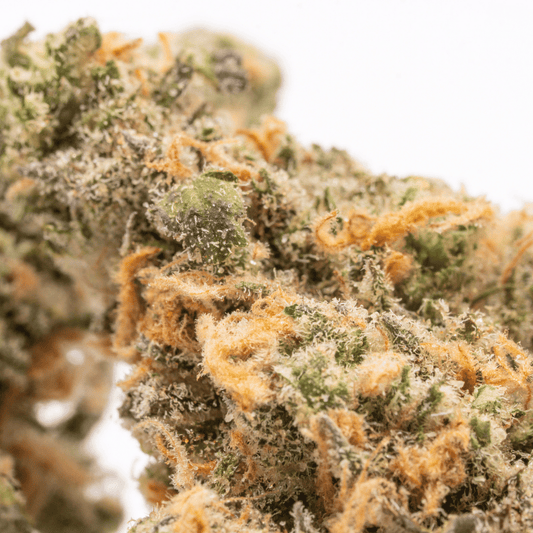
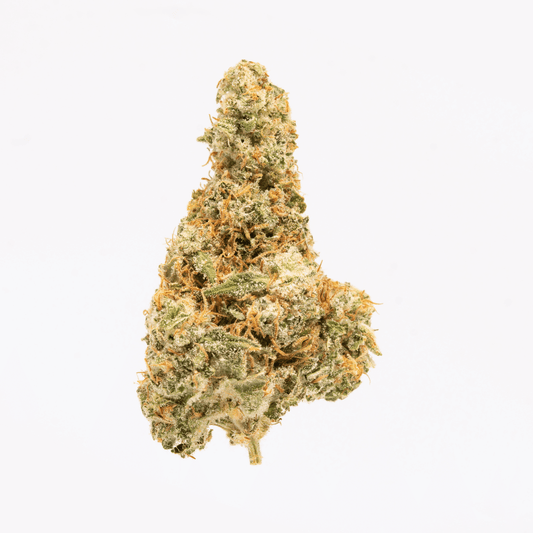
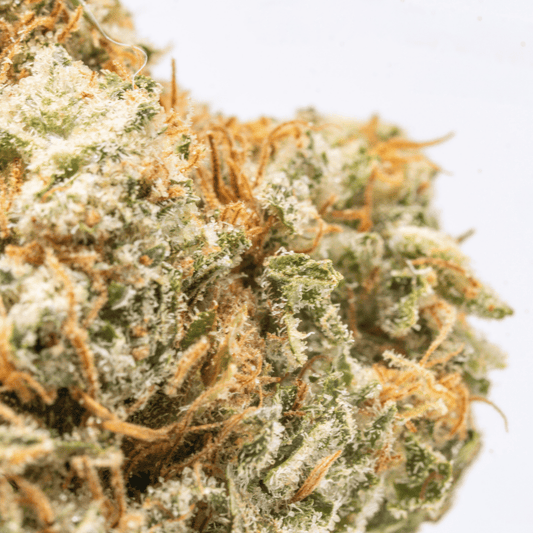
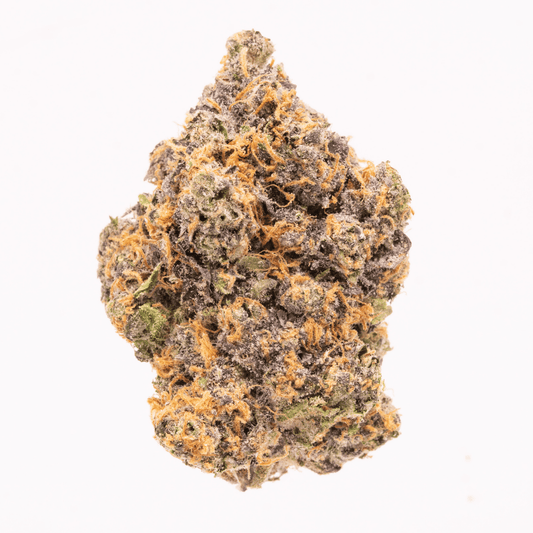
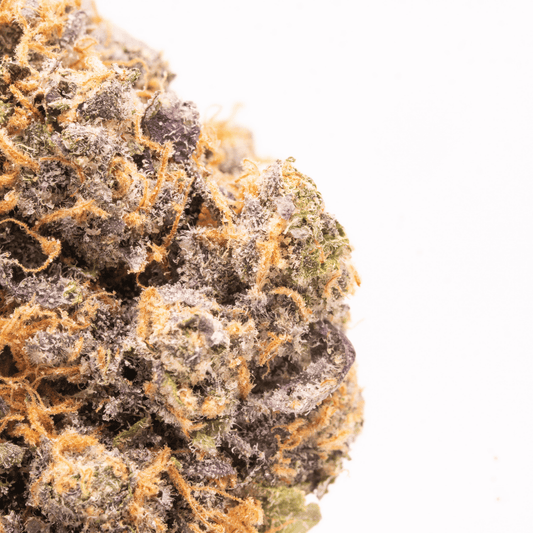
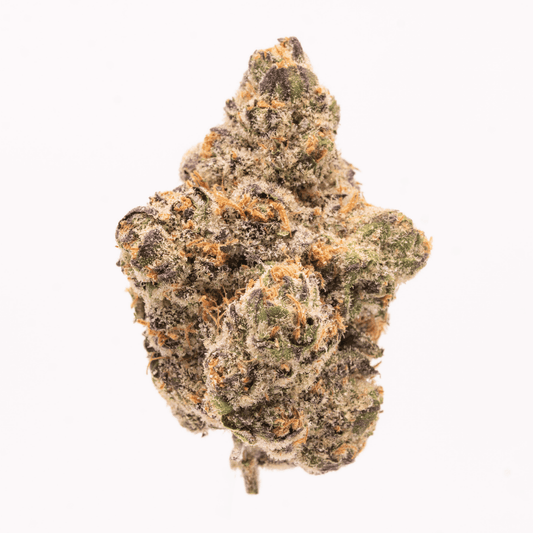
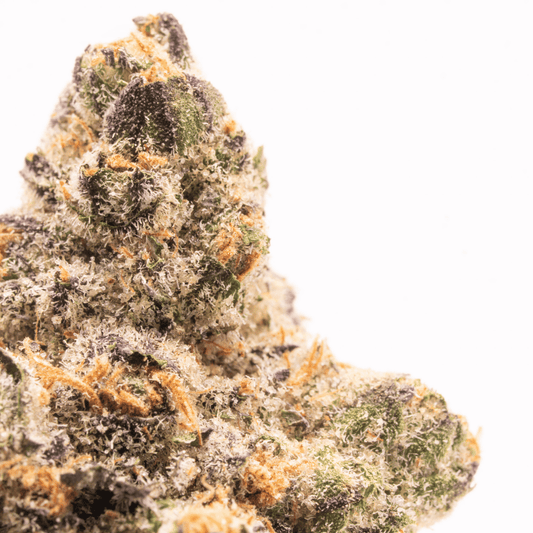
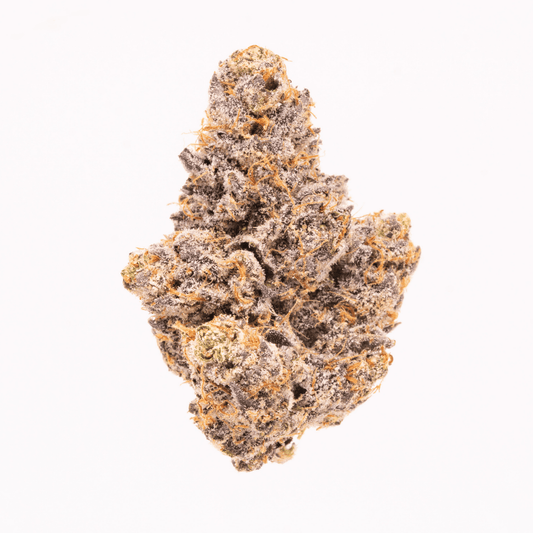
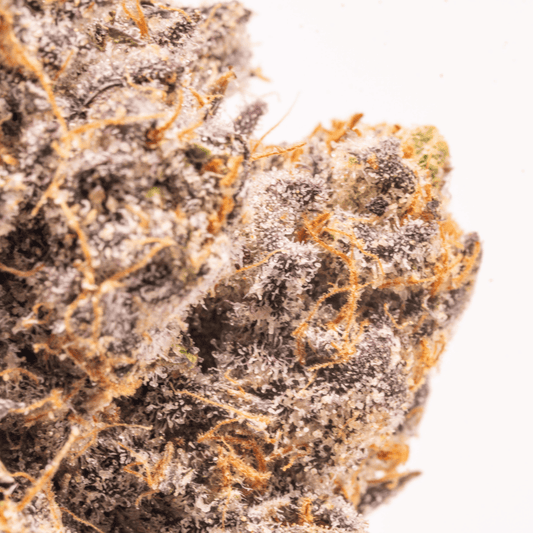
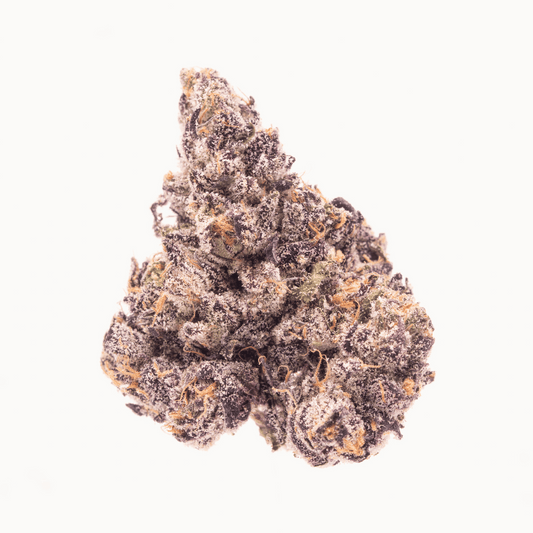
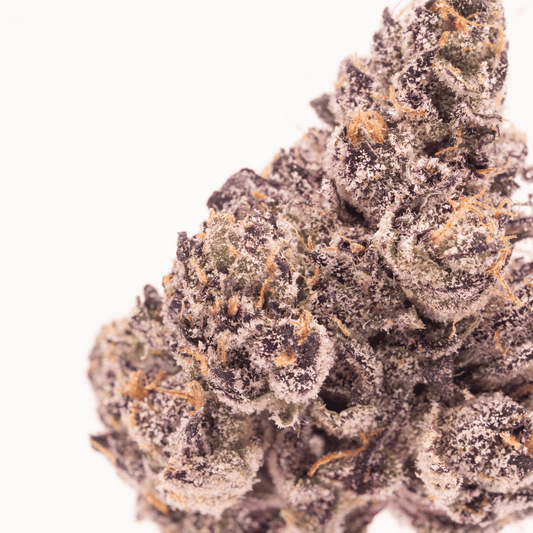
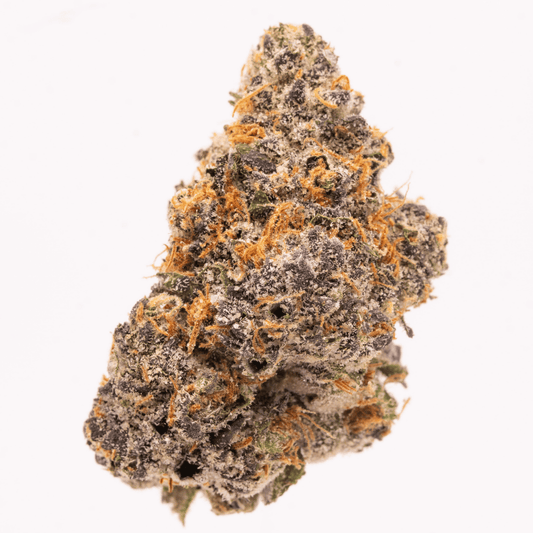
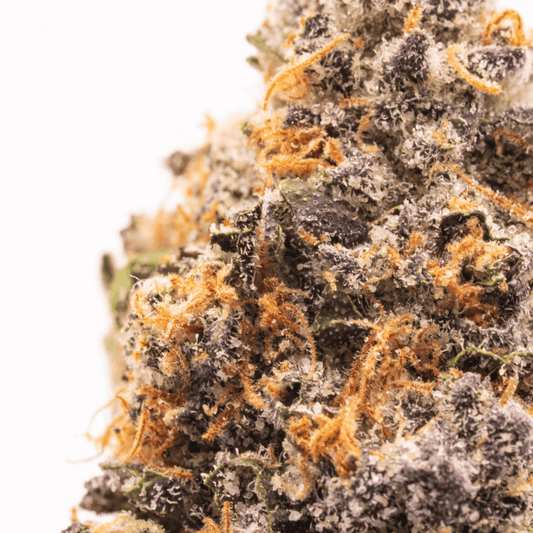
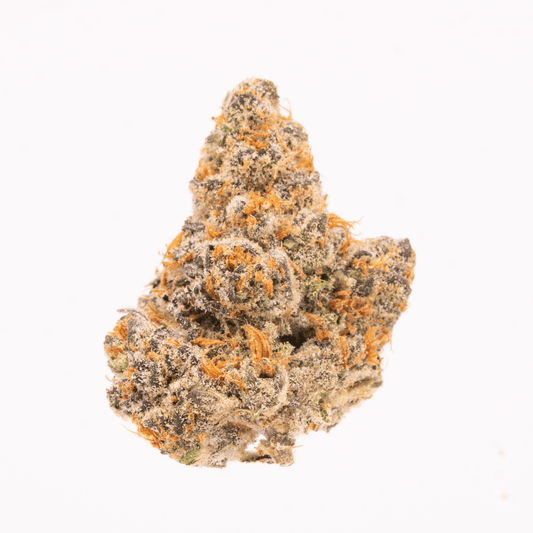
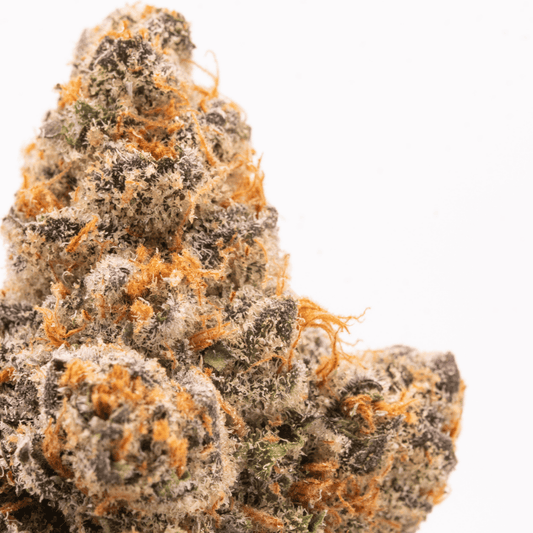
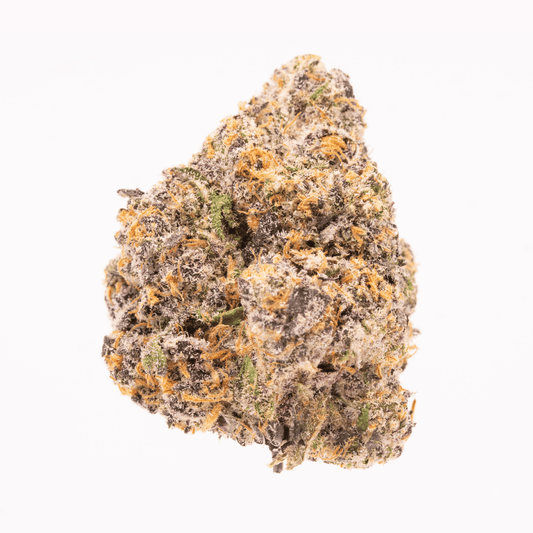
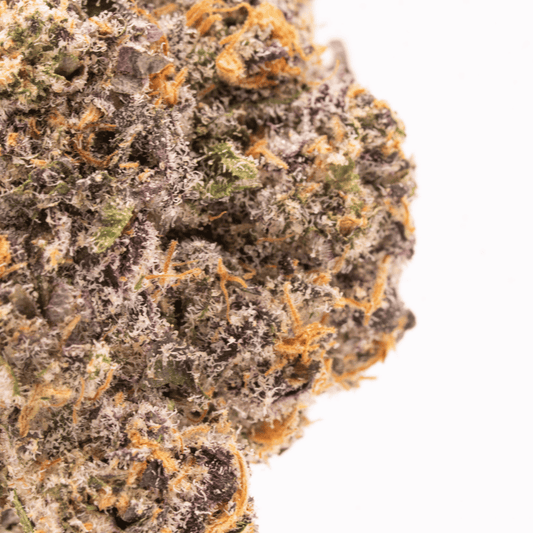
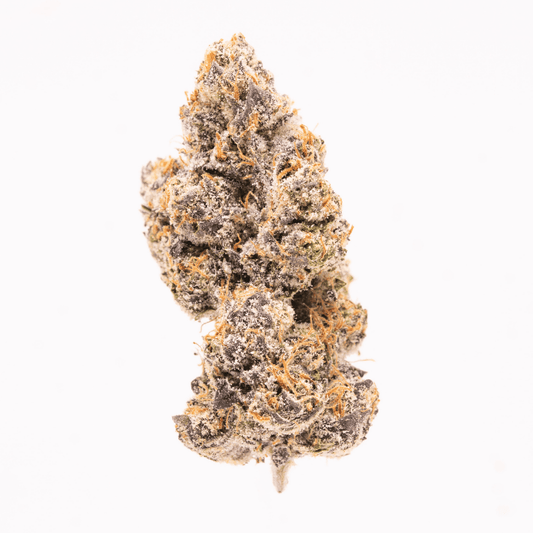
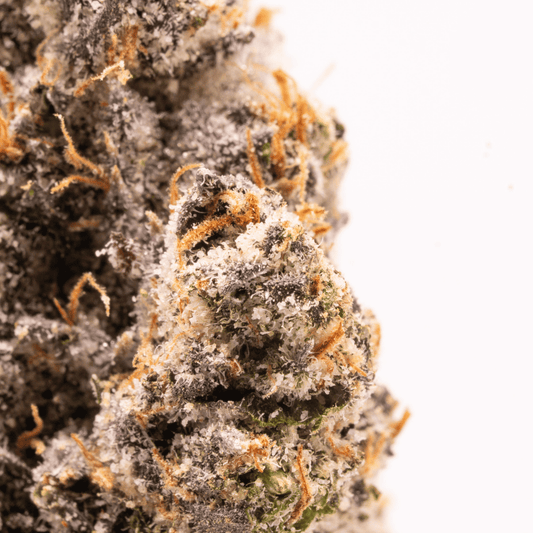
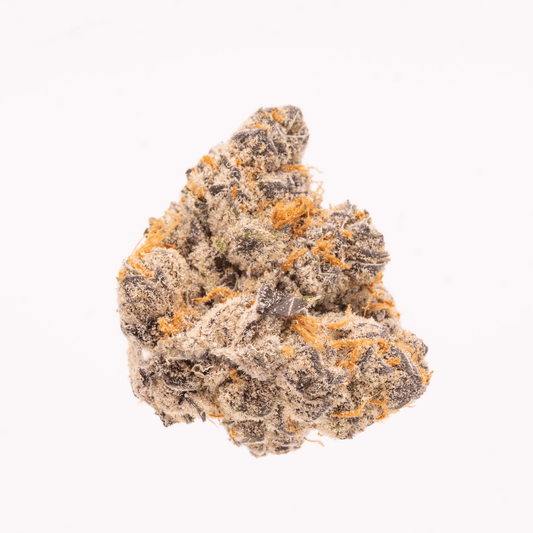
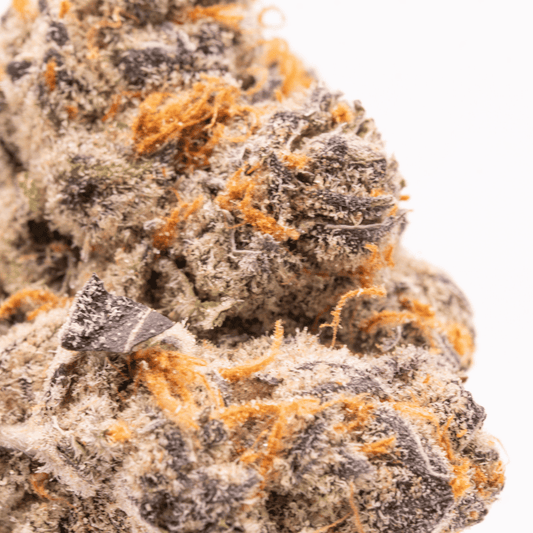
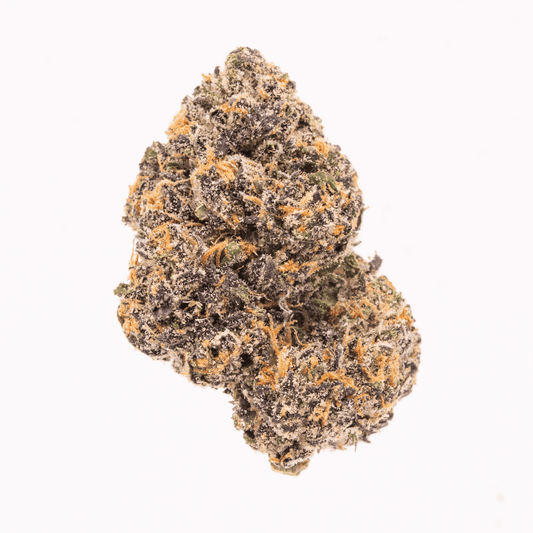
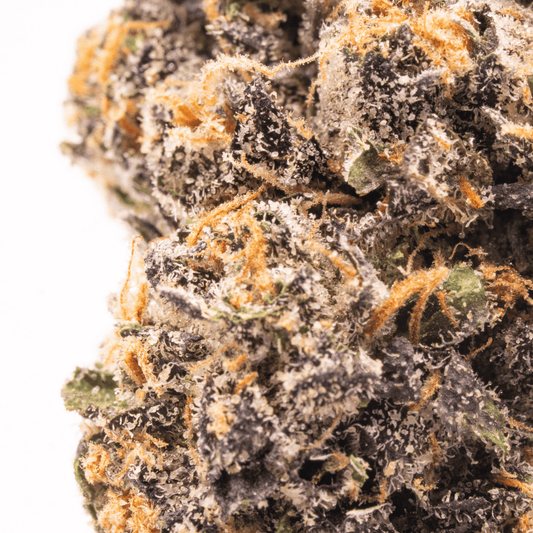
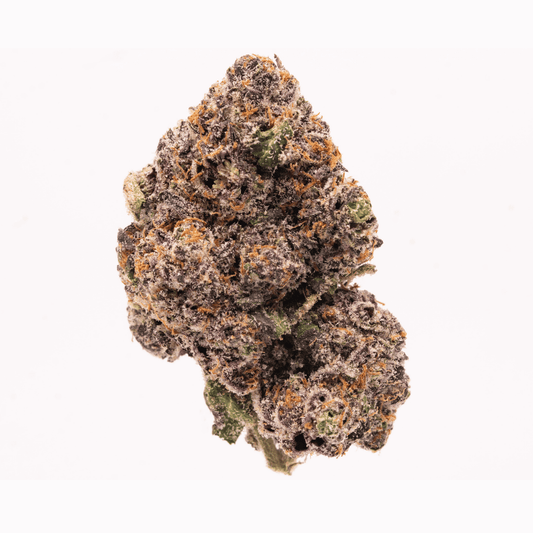
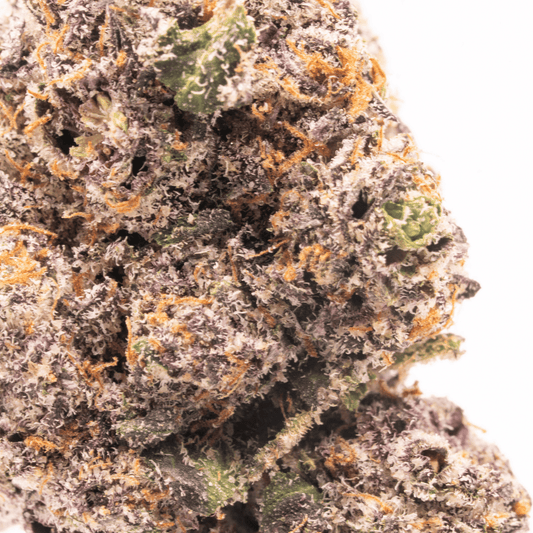
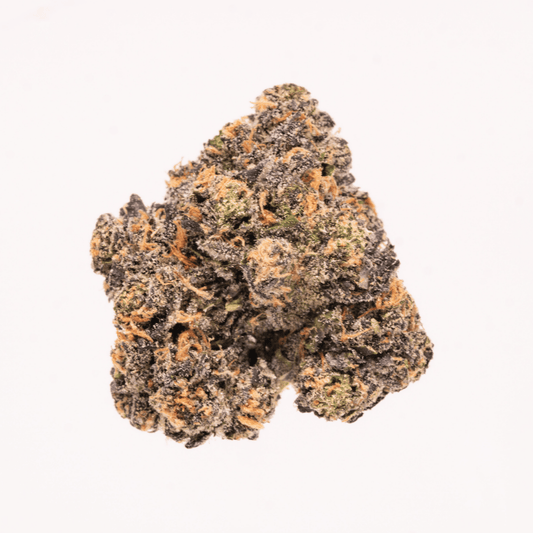
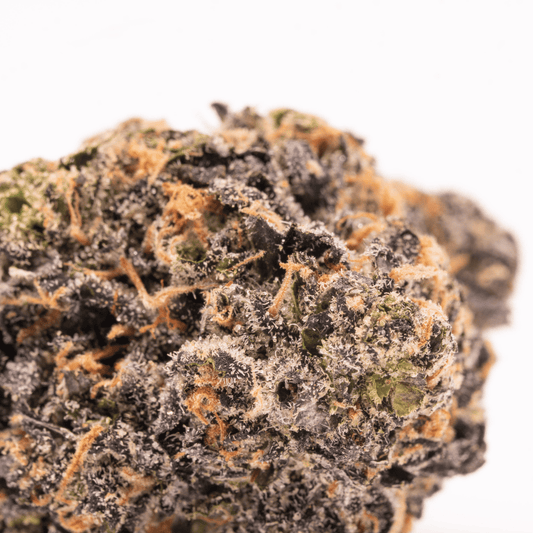
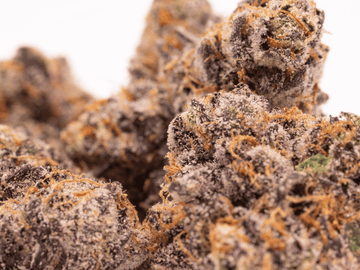
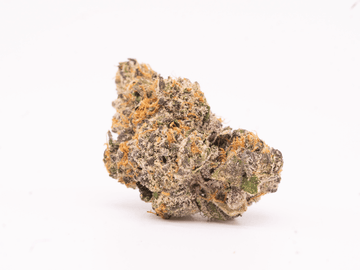



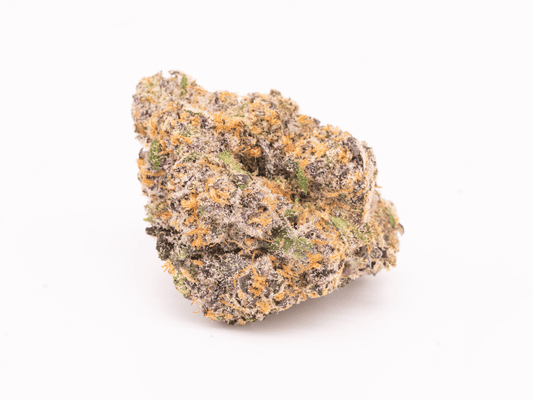



0 comments